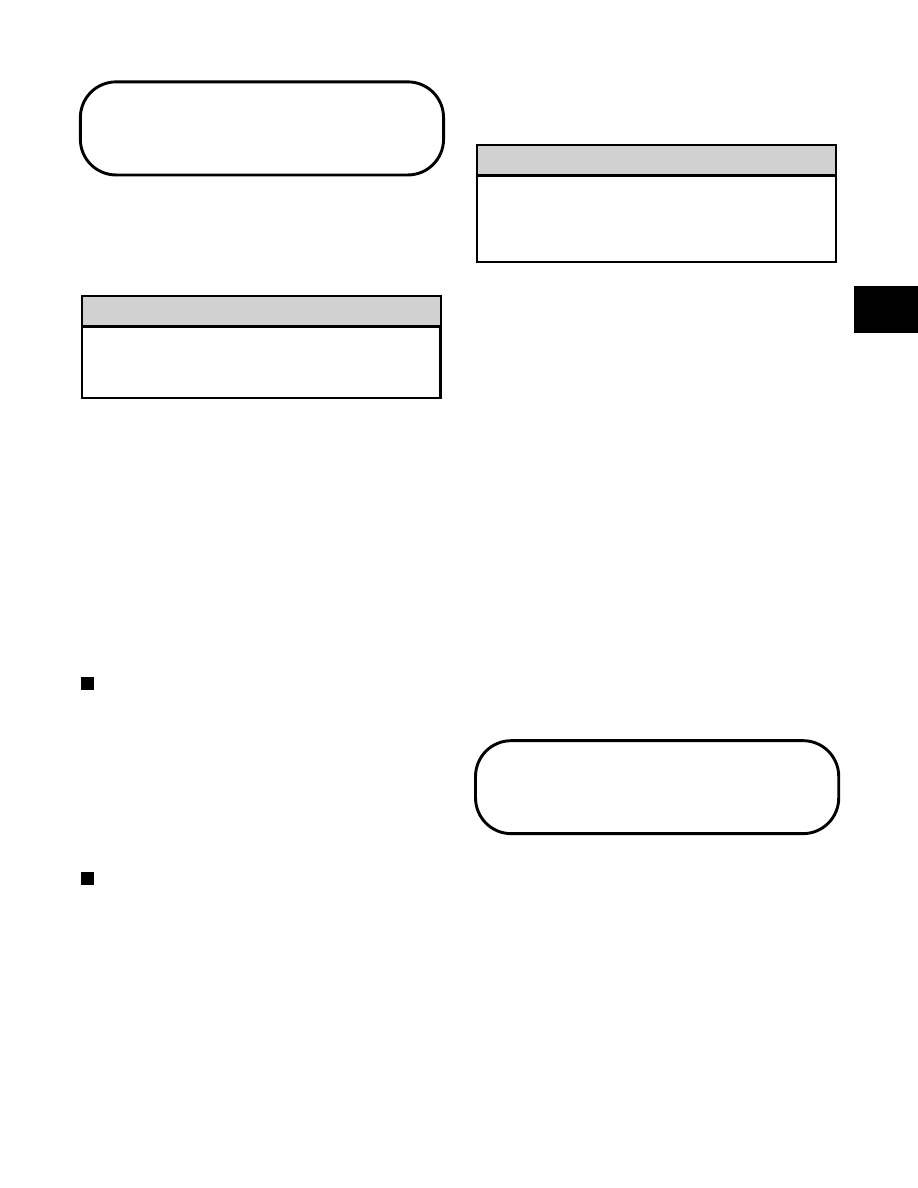Snowmobile Arctic Cat (2000 year). Manual - part 3

Preparation After
Storage
Taking the snowmobile out of storage and correctly
preparing it for another season will assure many miles
and hours of trouble-free snowmobiling. Arctic Cat
recommends the following procedure:
On carbureted models if the gas in each
carburetor float chamber was not drained prior
to storage, the carburetor(s) must be cleaned
before starting the engine.
1. Clean the snowmobile thoroughly. Polish the
exterior of the snowmobile.
2. Clean the engine. Remove the cloth from the
exhaust system. Check exhaust system and
air-intake silencer for obstructions.
3. Inspect all control wires and cables for signs of
wear or fraying. Replace if necessary. Use cable ties
or tape to route wires and cables away from hot or
rotating parts.
4. Inspect the drive belt for cracks and tears. Check
belt specifications. Replace if damaged or worn.
Install the drive belt.
NOTE: If the old belt is worn but in reasonable
condition, retain it with the snowmobile as a spare
in case of emergency.
5. On carbureted models, inspect the in-line fuel filter
and replace if necessary.
6. Inspect all fuel hoses and oil hoses for deterioration
or cracks; replace if necessary. Make sure all
connections are tight; then fill the oil-injection
reservoir with 50:1 injection oil.
NOTE: On carbureted models after prolonged
storage, Arctic Cat recommends one tankful of
100:1 gas/oil mixture be used in conjunction with
t h e o i l - i n j e c t i o n s y s t e m t o e ns u r e p rop e r
lubrication.
7. Inspect the entire brake system, all controls,
headlight, taillight, brakelight, ski wear bars, and
headlight aim; adjust or replace as necessary.
8. Inspect the spark plugs. Replace, gap, or clean as
necessary.
9. Adjust the track to the proper tension and
alignment. Lock the jam nuts.
10. Adjust the carburetor(s) and choke cable on
carbureted models and throttle cable on all models.
On VM-style carburetors, be sure to tighten the
swivel adapter jam nuts securely. If a jam nut
isn’t tightened, the adjuster can rotate out of the
carburetor cap causing the piston valve not to
return to the full-closed position.
11. Tighten all nuts, bolts, and cap screws making sure
all calibrated nuts, bolts, and cap screws are
tightened to specifications.
12. Lubricate the rear suspension, spindles, and
speedometer drive adapter with a low-temperature
grease.
13. On liquid cooled models, check the coolant level
and all coolant hoses and connections for
deterioration or cracks. Add properly mixed coolant
as necessary.
14. On fan cooled models, clean the engine cooling fins
and vents.
15. On EFI models, place the rear of the snowmobile on
a shielded safety stand; then start the engine. Allow
the engine to idle; then using a long stiff wire with
a hooked end, raise the oil-injection pump control
arm to the wide-open position until the engine starts
to smoke heavily. Release the control arm and turn
off the engine.
16. On electric start models, charge the battery; then
connect the battery cables making sure to connect
the positive cable first. Test the electric start system.
After Break-In Checkup
(100 Miles)
The 100 mile checkup offered by some dealerships
reduces problems and warranty costs. A program of this
kind should be offered by all dealerships. Many
dealerships have added the price of the checkup into the
selling price of the snowmobile, and others offer it as a
bonus to the customers who purchase snowmobiles
from their dealership.
There are three areas that require adjustment after the
break-in period in order to obtain peak performance.
These areas are the following.
A. Carburetor jetting
B. Drive belt deflection
C. Track tension and alignment
! CAUTION
! CAUTION
1
1-5